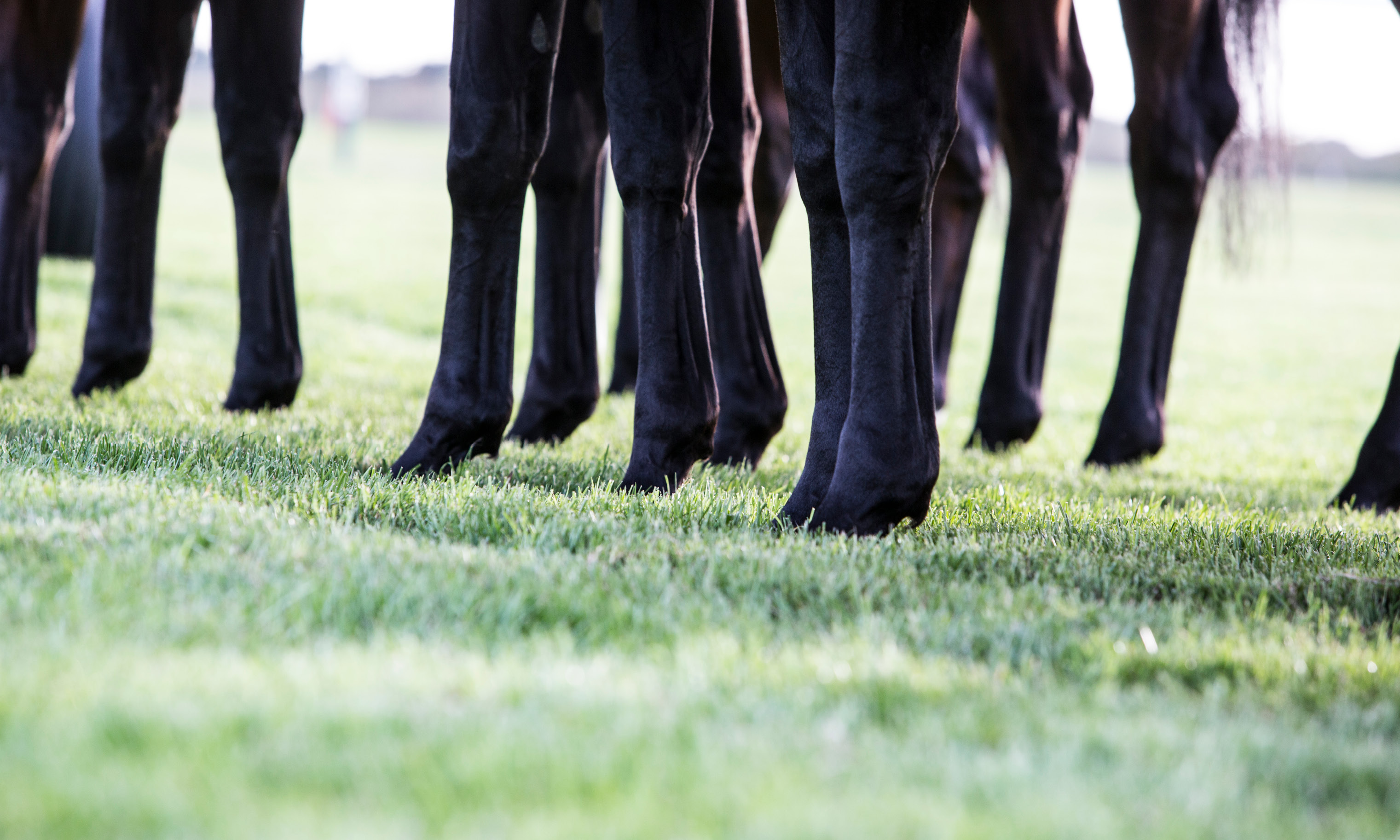
The independent Judicial Panel has today confirmed that a hearing will be held to consider charges that have been issued by the British Horseracing Authority (BHA) against trainer Ivan Furtado, as a result of two horses under his control running in the incorrect races at Southwell on 14 January.
On this day, the horse named Scribner Creek, a five-year-old bay gelding with an official rating of 63, ran in the 3:25pm race instead of the horse who was declared to run in the race, African Trader, rated 57. Scribner Creek, running as African Trader, came third in the race.
Subsequently, African Trader, a five-year-old bay or brown gelding, then ran in the 3:55pm under the name of Scribner Creek, and finished in a dead heat for seventh place. The horse was subsequently ordered to be routine tested by the raceday Stewards.
The error was identified by the BHA the following day through an audit process which reconciles raceday sampling information collected via the new IT-based collection system. As part of this reconciliation a discrepancy was identified between the horse who was sent for sampling and the actual identity of the sampled horse. Subsequent to this an investigation was launched.
It is the responsibility of the trainer under the rules of racing to ensure that the correct horses run in the correct race. This is why the BHA has taken steps to charge the trainer and put this matter in front of an independent Disciplinary Panel to determine what, if any, action should be taken. The BHA’s position before the Panel will be that the horses’ identities had been accidentally confused prior to arrival at the racecourse and there was no deliberate attempt to conceal their identities.
However, the BHA has overall responsibility for the running of a raceday, and what is clearly of greatest concern in this case is the question of why this happened, how it was allowed to happen and what can be done to ensure that it does not happen again.
This is the second time in six months where there has been an incident in which an incorrect horse has competed in a race. This is simply unacceptable; it affects the betting public, bookmakers and other participants and risks undermining confidence in the integrity of the sport.
The fact that the horses were not correctly identified on the racecourse was as a result of human error and not a technological fault. Where appropriate, steps are being taken internally to address the performance-related issues that arise from these errors.
Further, the BHA is now going to take measures to improve the robustness of the identification processes and reduce the risk of human error. This will take the form of enhancements to the identification technology to ensure that the scanning device links the identity of the horse being scanned out to the racecard for the race it is being scanned out for. This will ensure that if the wrong horse is brought out to be saddled an alert will prevent this from occurring. The BHA expects to roll out this enhancement in March.
The BHA will also consider implementing a further measure ahead of the roll out of this technological enhancement of ensuring all placed horses are scanned prior to weighing in.
The extra step of scanning horses before they enter to the saddling enclosure was put in place as an interim measure to improve the robustness of the identification process following the incident at Great Yarmouth in July. Clearly this was not sufficient to prevent the issue occurring again, hence the importance of this further action.
The priority now is to ensure the BHA takes whatever steps are appropriate and necessary to ensure that this issue does not occur again. It is vital that the public’s trust in racing as a fair, well-regulated sport, which is run with the highest standards of professionalism and integrity, is not impacted by similar incidents.
The Disciplinary Panel will also be asked to ratify the disqualification of both horses, and any subsequent alteration to the race results, including payment of prize money to horses who may be promoted as a result of any disqualification.
The BHA will make no further comment on this case ahead of the hearing.
Notes to editors:
1. Details of the charges being made against trainer Ivan Furtado can be found here.
2. The process for checking the identification of racehorses at the racecourse is as follows:
- All horses have their microchips scanned on arrival at the racecourse stables by an Equine Welfare Integrity Officer (EWIO), before being allocated a stable
- Horses’ microchips are scanned upon leaving the stables to go out to the saddling boxes ahead of their race. This process was added as an interim measure following the incident at Great Yarmouth in July 2017
- Horses who are selected for pre or post-race sampling are scanned as part of the sampling procedure
3. Final figures for the number of equine testing samples taken in 2017 are not yet consolidated, however the approximate number of samples is as follows:
- Post-race: approx. 8,500
- Pre-race: approx. 600
